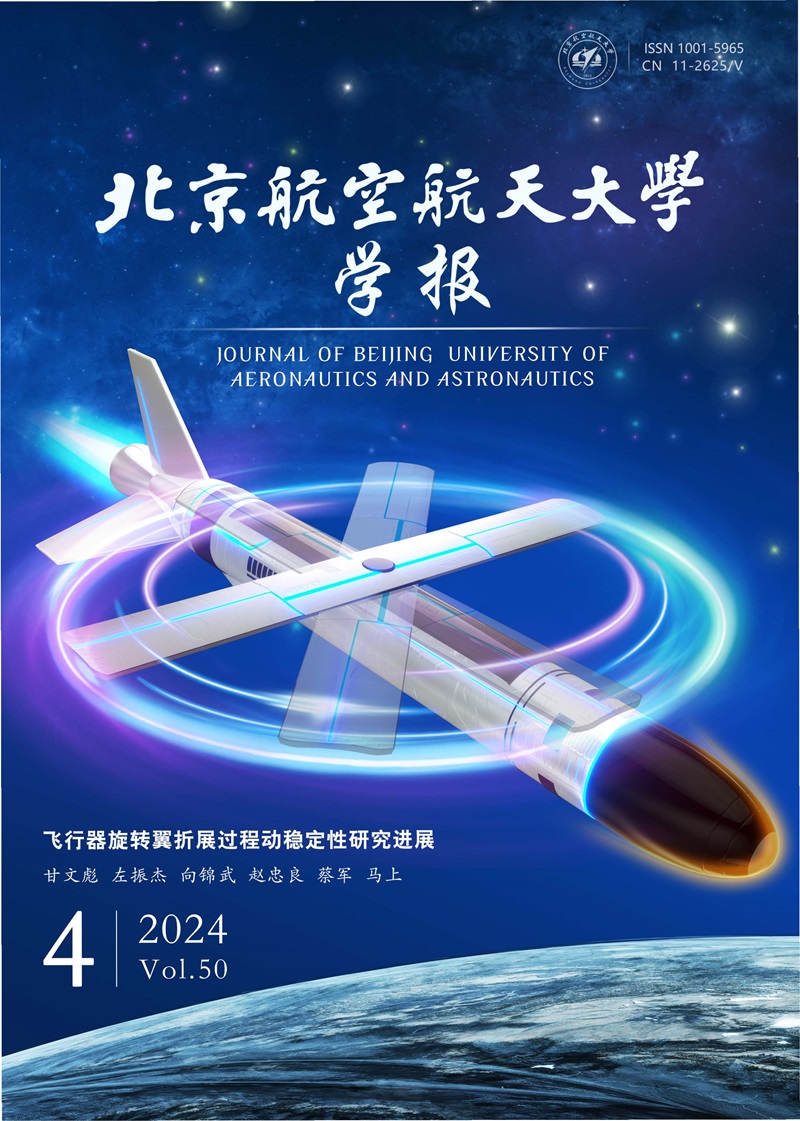2006 Vol. 32, No. 05
2006, 32(05): 513-517.
Abstract:
2006, 32(05): 526-530.
Abstract:
2006, 32(05): 553-557.
Abstract:
2006, 32(05): 558-560.
Abstract:
2006, 32(05): 575-579.
Abstract:
2006, 32(05): 580-584.
Abstract:
2006, 32(05): 612-616.
Abstract:
2006, 32(05): 621-624.
Abstract:







 XML Online Production Platform
XML Online Production Platform

